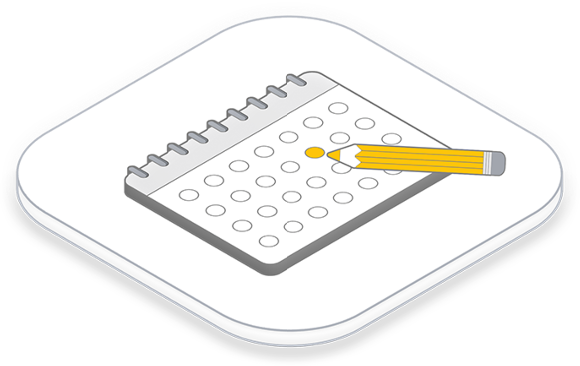10
May 2023
Machine Learning is undoubtedly one of the most exciting subfields of Artificial Intelligence. It performs the task of learning from data with specific inputs for the machine. It is important to understand how Machine Learning works and what types of it exist. Therefore, this blog post will shed light on how Machine Learning is fundamentally designed to create targeted value for users.
The process of Machine Learning begins with the input of training data into the selected algorithm. This is both known and unknown data for developing the final Machine Learning algorithm. The type of training data input affects the algorithm. To test if the algorithm is working correctly, new input data is fed into the Machine Learning algorithm. The prediction and results are then checked. If the prediction does not match expectations, the algorithm is re-trained until the desired output is obtained. In this way, the algorithm continuously learns and finds the optimal answer, whose accuracy continues to increase over time.
Types of Machine Learning
Machine Learning is complex in itself, which is why it has been divided into two main areas: Supervised Learning and unsupervised Learning. Each of these has a specific purpose and effect within Machine Learning, produces specific results, and uses different forms of data. Approximately 70 percent of Machine Learning is Supervised Learning, while unsupervised Learning accounts for 10 to 30 percent. In addition, another method, but less commonly used, is called reinforcement learning.
Supervised Learning
In Supervised Learning, known or labeled data is used as training data. Since the data is known, the learning is thus supervised, i.e., it is directed toward successful execution. The input data is run through the Machine Learning algorithm and used to train the model. Once the model is trained based on the known data, unknown data can be inserted into the model so that a new answer becomes available.
Unsupervised Learning
In unsupervised Learning, the training data is unknown and unlabeled, meaning no one has looked at the data before. Without the element of known data, the inputs cannot be passed to the algorithm, hence the term unsupervised Learning. This data is fed into the Machine Learning algorithm and used to train the model. The trained model tries to look for a pattern and give the desired answer. In this case, it is often as if the algorithm is trying to crack a code. However, it does this without the human mind being directly involved, but rather a machine.
Reinforcement Learning
As with traditional types of data analysis, the algorithm here discovers data through a process of trial and error and then decides which action will lead to higher rewards. Reinforcement Learning is composed of three main components: the agent, the environment, and the actions. The agent is the learner or decision maker, the environment includes everything the agent interacts with, and the actions are what the agent does.
Reinforcement Learning occurs when the agent chooses actions that maximize the expected reward in a given time. This is most easily achieved when the agent operates within a solid set of rules.
Machine Learning has the potential to change your business for the better, too. Seek out a conversation with one of our Machine Learning experts for advice.
About the author



Comments